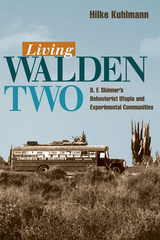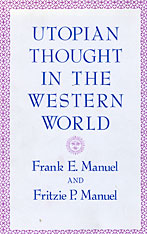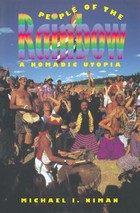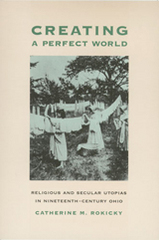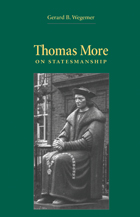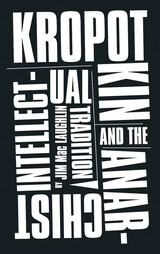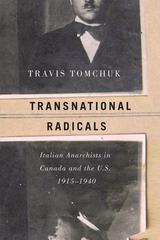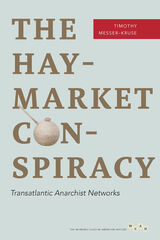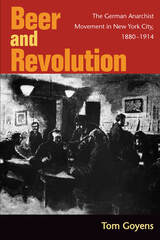Immigrants against the State: Yiddish and Italian Anarchism in America
University of Illinois Press, 2015
Cloth: 978-0-252-03938-6 | Paper: 978-0-252-08092-0 | eISBN: 978-0-252-09743-0
Library of Congress Classification HX843
See other books on: Anarchism | Jewish anarchists | Labor & Industrial Relations | Yiddish | Zimmer, Kenyon
See other titles from University of Illinois Press
Cloth: 978-0-252-03938-6 | Paper: 978-0-252-08092-0 | eISBN: 978-0-252-09743-0
Library of Congress Classification HX843
ABOUT THIS BOOK | AUTHOR BIOGRAPHY | REVIEWS | TOC
ABOUT THIS BOOK
From the 1880s through the 1940s, tens of thousands of first- and second-generation immigrants embraced the anarchist cause after arriving on American shores. Kenyon Zimmer explores why these migrants turned to anarchism, and how their adoption of its ideology shaped their identities, experiences, and actions.
Zimmer focuses on Italians and Eastern European Jews in San Francisco, New York City, and Paterson, New Jersey. Tracing the movement's changing fortunes from the pre–World War I era through the Spanish Civil War, Zimmer argues that anarchists, opposed to both American and Old World nationalism, severed all attachments to their nations of origin but also resisted assimilation into their host society. Their radical cosmopolitan outlook and identity instead embraced diversity and extended solidarity across national, ethnic, and racial divides. Though ultimately unable to withstand the onslaught of Americanism and other nationalisms, the anarchist movement nonetheless provided a shining example of a transnational collective identity delinked from the nation-state and racial hierarchies.
Zimmer focuses on Italians and Eastern European Jews in San Francisco, New York City, and Paterson, New Jersey. Tracing the movement's changing fortunes from the pre–World War I era through the Spanish Civil War, Zimmer argues that anarchists, opposed to both American and Old World nationalism, severed all attachments to their nations of origin but also resisted assimilation into their host society. Their radical cosmopolitan outlook and identity instead embraced diversity and extended solidarity across national, ethnic, and racial divides. Though ultimately unable to withstand the onslaught of Americanism and other nationalisms, the anarchist movement nonetheless provided a shining example of a transnational collective identity delinked from the nation-state and racial hierarchies.
See other books on: Anarchism | Jewish anarchists | Labor & Industrial Relations | Yiddish | Zimmer, Kenyon
See other titles from University of Illinois Press


